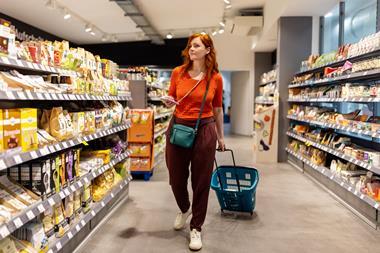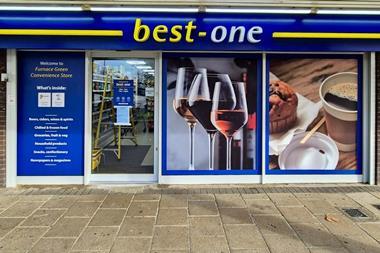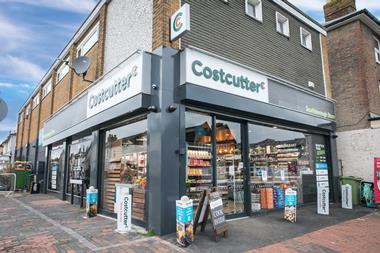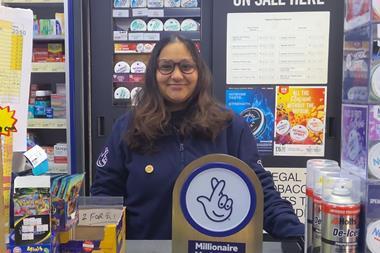Remote control
By Sarah Britton2018-06-26T12:32:00

Thanks to an increasing number of new technologies, you no longer need to be in-store to run a successful business. Retailers talk about how they use remote retailing to their advantage.
ALREADY HAVE A REGISTERED USER ACCOUNT? PLEASE LOG IN HERE
To read the full story join the ConvenienceStore.co.uk community today!
Registration is quick and easy and provides access to:
- Unlimited ConvenienceStore.co.uk articles
- Our great range of newsletters
- Content you’ve saved for later via the ‘my library’ feature
And much more…
Related articles
-

-

-

-

Get a retail refresh to stay ahead
This content is provided by Bestway
-

The smart choice for retailers
This content is provided by Bestway
-

More from News
Unlimited Access + Newsletters
Register today to gain unlimited access to articles and to receive our great range of email newsletters.

























